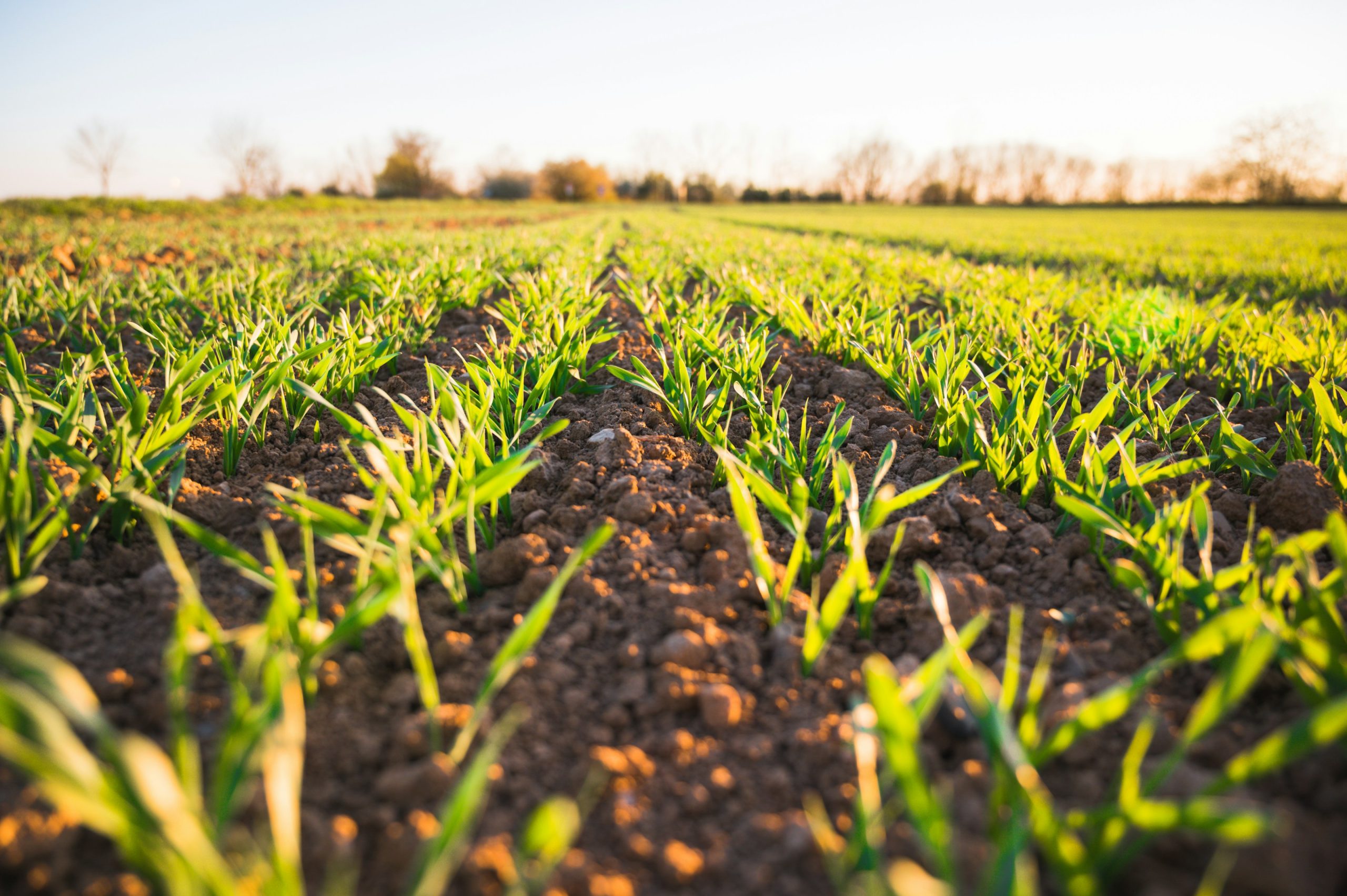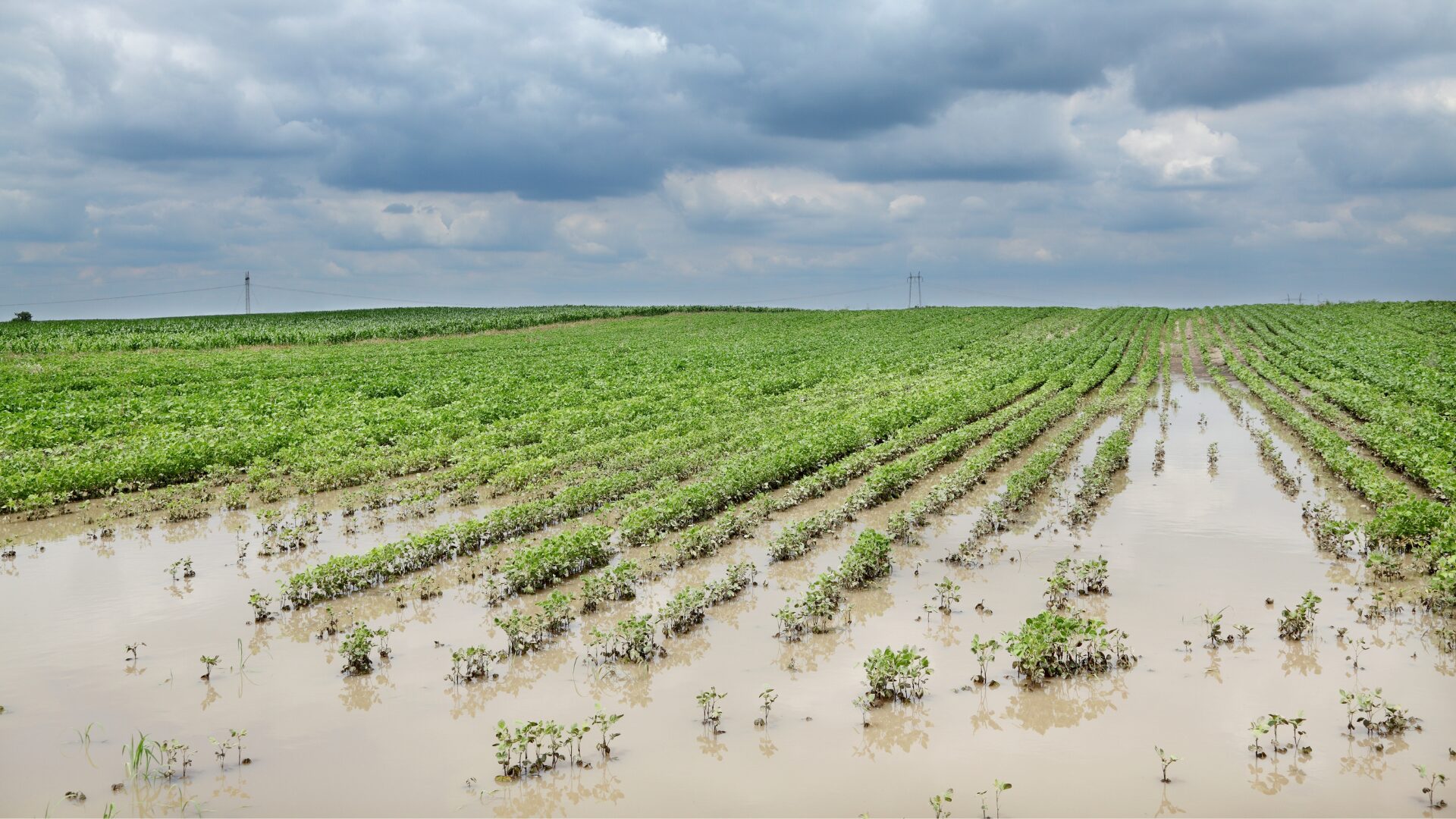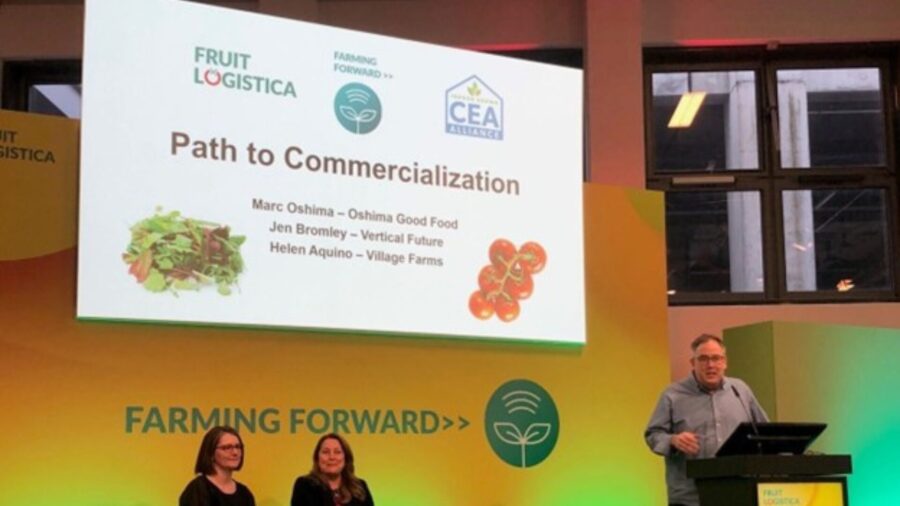In a historically hot summer, relief for American farmers and growers may come from an unexpected source: the federal government.
In late July, senators from California introduced the Agricultural Emergency Relief Act (AERF), which would create a permanent structure at USDA to provide much-needed relief to growers who lose crops due to natural disasters. Though relief has often appeared via ad-hoc legislation, providing a permanent resource will help streamline the process of identifying, applying for, and administering aid to farmers and growers who need it after emergency events.
In the past, the sheer bureaucracy of requesting emergency relief has led to several administrative changes, causing delays, confusion, and more than a little fiscal frustration for those providing many of the common produce staples in grocery and retail.
“Climate change is increasing the frequency and severity of natural disasters and farmers across the country are bearing the brunt of these events,” said senator Dianne Feinstein (D-Calif.) in a news release. “Unfortunately, there is not a permanent relief program for farmers who lose crops during a disaster, creating unnecessary delays and confusion whenever Congress approves relief,” noting that the new bill accounts for that and would improve the process for all farmers, including those who grow specialty crops, which constitute most grocery and retail produce staples.
The Agricultural Emergency Relief Act would:
- Create a permanent structure for the USDA’s Emergency Relief Program
- Include droughts, wildfires, floods, hurricanes, derechos, excessive heat, excessive moisture, winter storms and freeze events, even polar vortices
- Require farmers who apply for relief payments to buy crop insurance for two years after receiving a payment
- Allow payment calculations to be based on indemnities reported to USDA or on losses in revenue
- Allow Congress to continue to appropriate supplemental disaster funds proportional to the level of damage incurred during a specific year or event
The bill remains to be ratified and the fine details put in place.
The Farmers Weigh In
“Arguably the single biggest long-term need is to diversify production throughout the nation to help build resiliency from weather emergencies and the increasing risks posed by climate change,” said Jonathan Coppess to The Food Institute. Coppess is associate professor and director of the Gardner Agriculture Policy Program at the University of Illinois, who noted that, “If water supplies are short in the western states where much of our vegetables are grown, having alternative sources will be critical.”
Coppess also mentioned all the aspects of contemporary farming that are affected when crops are lost and farmers are in need: labor costs. Equipment and supplies that are either needed to shore up the loss or can’t be used or returned after the fact. Storage costs for empty buildings. Contracts for transportation and handling of crops and equipment. It adds up.
Morgan Gold is a farmer and owner of Gold Shaw Farm, in Vermont. Gold worries that private and smaller farms and farmers will be wholly overlooked by a Congress heavily influenced by robust Big Ag companies and their lobbyists.
“While the AERF is a step in the right direction for supporting farmers affected by natural disasters, we must ensure that the program truly reaches small-scale farming operations rather than being monopolized by big agricultural corporations,” he said. “The details matter.”
Gold said the intention behind the AERF is commendable, but he won’t hold his breath until the bill is set in stone and executed in such a way that the tens of thousands of small farmers around the country will also have adequate access to relief funds.
Curt Covington is senior director of partner relations at AgAmerica, America’s largest non-bank agricultural lender. He too shares quiet optimism coupled with mild skepticism borne from experience.
“I think an enhanced crop insurance program may be a more proactive approach to emergency relief,” he noted. “An enhanced crop insurance program could be a farmer buying up to cover potential emergencies caused by natural disasters.
“Ultimately, this is what crop insurance is for; it’s best to look into purchasing crop insurance to help balance out any losses caused by worsening natural disasters. This upcoming farm bill is an opportunity to make federal crop insurance more accessible for farmers with more diversified operations that currently do not qualify.”
Rick Vanzura offered another perspective. Vanzura is CEO of Freight Farms, a leader in container and hydroponic farming technology. No matter how the money is allocated, he’s concerned that the real problem isn’t being addressed.
“Arable land and water are declining, and climates are growing more extreme,” he said. “That dynamic is not likely to change any time soon, if ever.”
Vanzura described the need to not only help small farmers in dire straits but to also focus upon methods of farming that are resource- and climate-efficient. “The government needs to spend at least as much time, energy and money figuring out how to support these alternative forms of farming as it does subsidizing traditional farmers,” he noted, “otherwise, the problem and subsidies will just continue to grow, and we will never address the core issues.”
Vanzura sees the bill as a bridge to help get to whatever the future of farming looks like.
“It provides relief and support for traditional farmers during what should be a transitional time to a different future farming mix. In combination with support for alternative forms of farming, I think it can be effective.”
When asked about other effective government-led initiatives at the state or federal level, Vanzura mentioned the Massachusetts Food Insecurity Infrastructure Grant that was developed during the height of the pandemic that supported alternative approaches to bolstering farmers’ coffers that also added innovative infrastructure solutions.
“I am hopeful that the Biden Administration’s focus on and funding for climate-smart agriculture will have a large-scale impact, but the allocation to those programs is a small fraction of the spending on traditional farm subsidies,” he said. “I think the federal government is still more focused on short-term band-aids than long-term structural solutions. Having said that, the current direction is definitely a positive step forward.”











